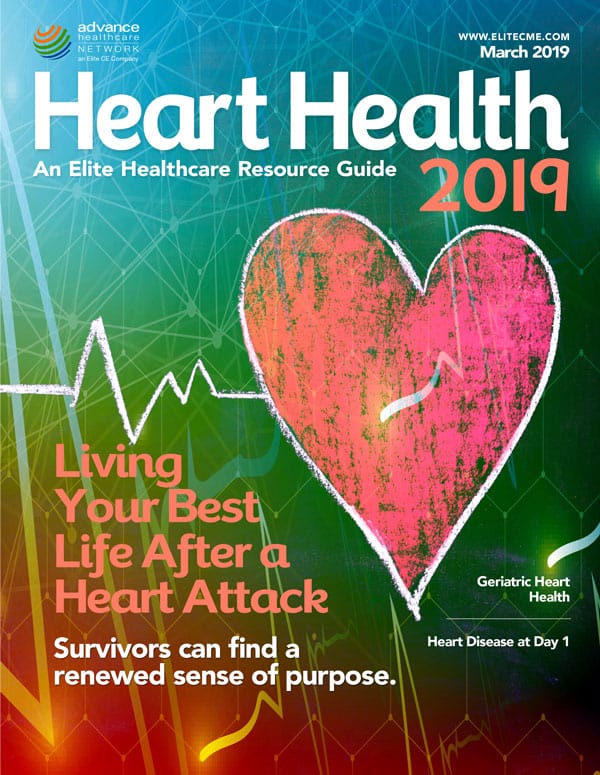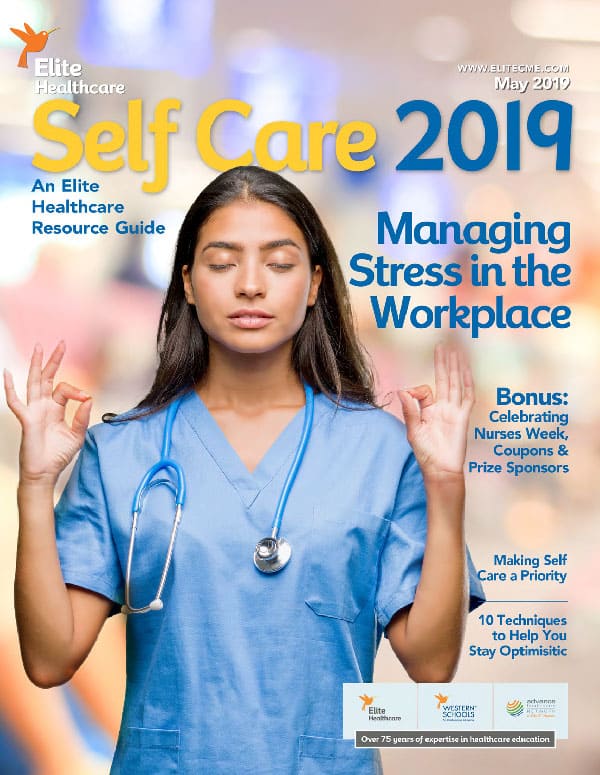(The following scenario and associated questions are representative of the types of questions found on the new Certification In Clinical Sleep Health (CCSH) examination.)
A 16-year-old with a BMI of 32 was recently diagnosed with sleep apnea and is returning to see the sleep health specialist for CPAP data download and a more detailed review of the results of his diagnostic PSG. The patient does not relate any difficulty using CPAP, can now remember dreaming and feels like their sleep is much deeper.
Current complaints:
• Continuing severe daytime sleepiness
• Ongoing inability to fall asleep until the early hours of the morning
• Difficulty getting up for school and remaining attentive in class
• Falling asleep on two occasions while listening to lectures
Results of diagnostic PSG:
• Sleep latency 112 minutes
• Sleep efficiency 85%
• AHI 25
• Arousal index 16
PAP download data:
• AHI 4.5
• Average time in large leak/day = 5 min 16 sec
• Average usage = 4.25 hrs/night
• Percent of nights with ≥ 4 hrs usage = 95%
• % days with device usage = 100%
• CPAP pressure = 15 cm/H20
1. Using AASM criteria, when reviewing the PSG results with the patient the sleep health specialist would relate the degree of sleep apnea is:
A. Normal for age
B. Mild
C. Moderate
D. Severe
2. Based on review of the download data the BEST recommendation would be to:
A. Extend nightly usage
B. Decrease CPAP pressure
C. Switch interface to decrease leaks
D. Change to bilevel
3. Based on the patient’s age and current complaints, what sleep disorder MOST LIKELY coexists with the patient’s obstructive sleep apnea?
A. Attention Deficit Disorder
B. Delayed Sleep Phase Syndrome
C. Idiopathic hypersomnia
D. Paradoxical insomnia
4. Which teaching method is utilized when showing the patient a comparison of their own data download with optimal compliance examples?
A. Simulation
B. Lecture
C. One-to-one
D. Return demonstration
GO to Page 2 to view the Answer Key!
1. Using AASM criteria, when reviewing the PSG results with the patient the sleep health specialist would relate the degree of sleep apnea is:
A. Normal for age
B. Mild
C. Moderate
D. Severe
Correct answer: C
2. Based on review of the download data the BEST recommendation would be to:
A. Extend nightly usage
B. Decrease CPAP pressure
C. Switch interface to decrease leaks
D. Change to bilevel
Correct answer: A
3. Based on the patient’s age and current complaints, what sleep disorder MOST LIKELY coexists with the patient’s obstructive sleep apnea?
A. Attention Deficit Disorder
B. Delayed Sleep Phase Syndrome
C. Idiopathic hypersomnia
D. Paradoxical insomnia
Correct answer: B
4. Which teaching method is utilized when showing the patient a comparison of their own data download with optimal compliance examples?
A. Simulation
B. Lecture
C. One-to-one
D. Return demonstration
Correct answer: C






